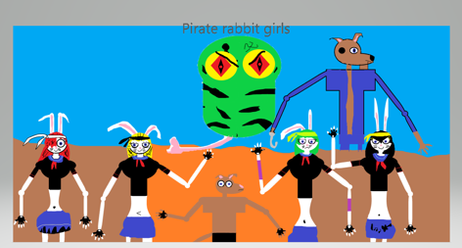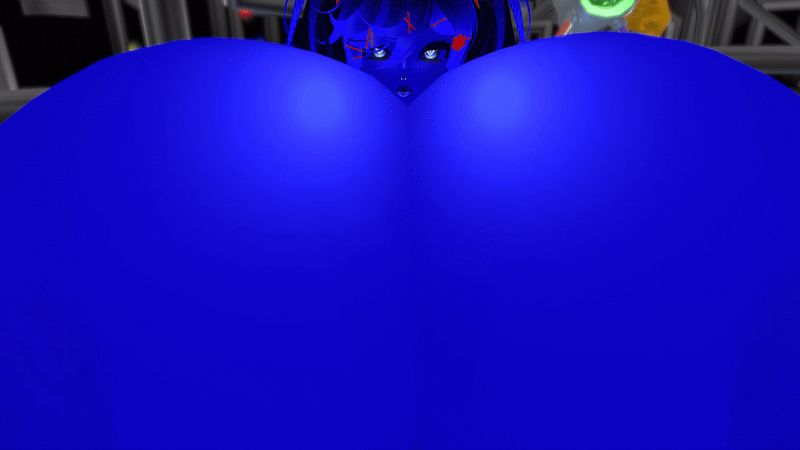HOME | DD
 macgobhain — Eurydice Tectonics Map
macgobhain — Eurydice Tectonics Map

#alienplanet #alienplanets #conworld #eurydice #fantasyworld #fantasyworlds #maps #topographic #topography #fantasyworldmap #xenobiology #fantasyworldbuilding #speculativeevolution #speculativeworld #speculativebiology #fractalterrain #xenozoology #speculativezoology #alien_planet #eurydicean #eurydiceanbiology #eurydiceanzoology #speculativeplanet
Published: 2014-12-03 04:32:00 +0000 UTC; Views: 5546; Favourites: 36; Downloads: 24
Redirect to original
Description
Here we can see the movements of the plates...Gives you an idea of what was where once upon a time







I should clarify that black lines are convergent boundaries, and so we can see that Pacharang is and has been colliding with Júent for quite some time now, the better part of the last 45 million years, which has pushed up the Jiqurn Plateau, which has already been referred to in a couple of the animal descriptions thus far... I believe... maybe it was just in the ghost-faced alickwall's. We can also see that Drehu was once two distinct continents that collided to make one that have pushed up their own plateau - although it is lower and smaller than the Jiqurn Plateau.
Blue lines represent divergent boundaries, and so we can see that the antarctic continent of Sáxtons is moving away from Rahatu and Pacharang, headed ever southward. Likewise, Sirsa is moving away from Júent, and will one day, some tens of millions of years from now, collide with Drehu, whose converging halves have actually been separated from the rest of the continents for at least 80 million years, with only some fauna having invaded via island-hopping from Rahatu (that actually has some ENORMOUS implications for what kind of animals are found there, which we'll get to later...).
Red lines represent subduction zones, such as those that have created the islands of Wilwarind and Naojoain, and have pushed up the mountains in Pras, Heiltsiuk, and Kacin and Tagland.
Yellow lines are transform boundaries... lots of earthquakes there.
Turquoise lines represent rift zones, so we can see that Rahatu is in the steady process of ripping itself in half, and so is Pacharang, though Pacharang isn't as far along the way. Rahatu has huge gorges in its center that are some hundreds if not thousands of feet below sea level.

























